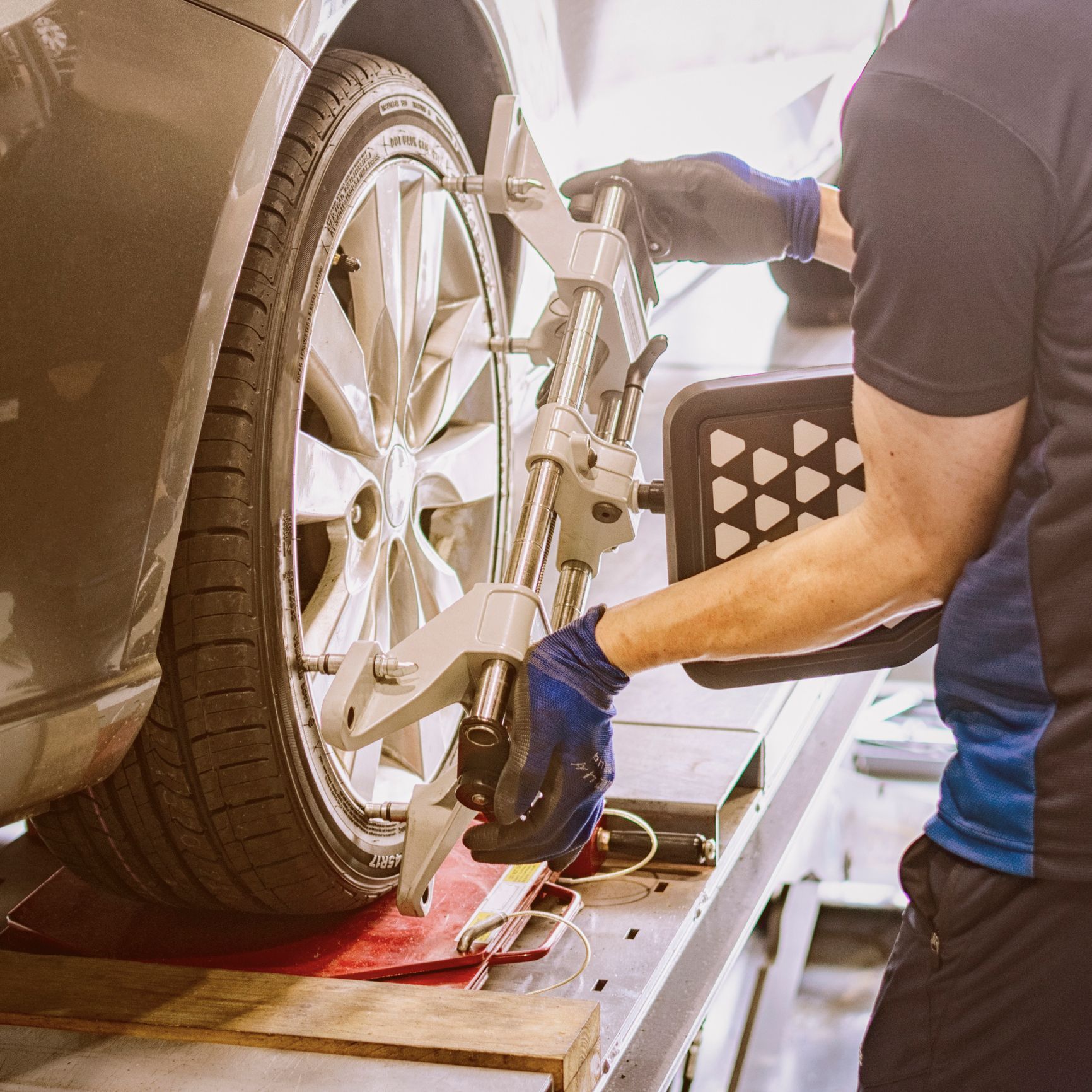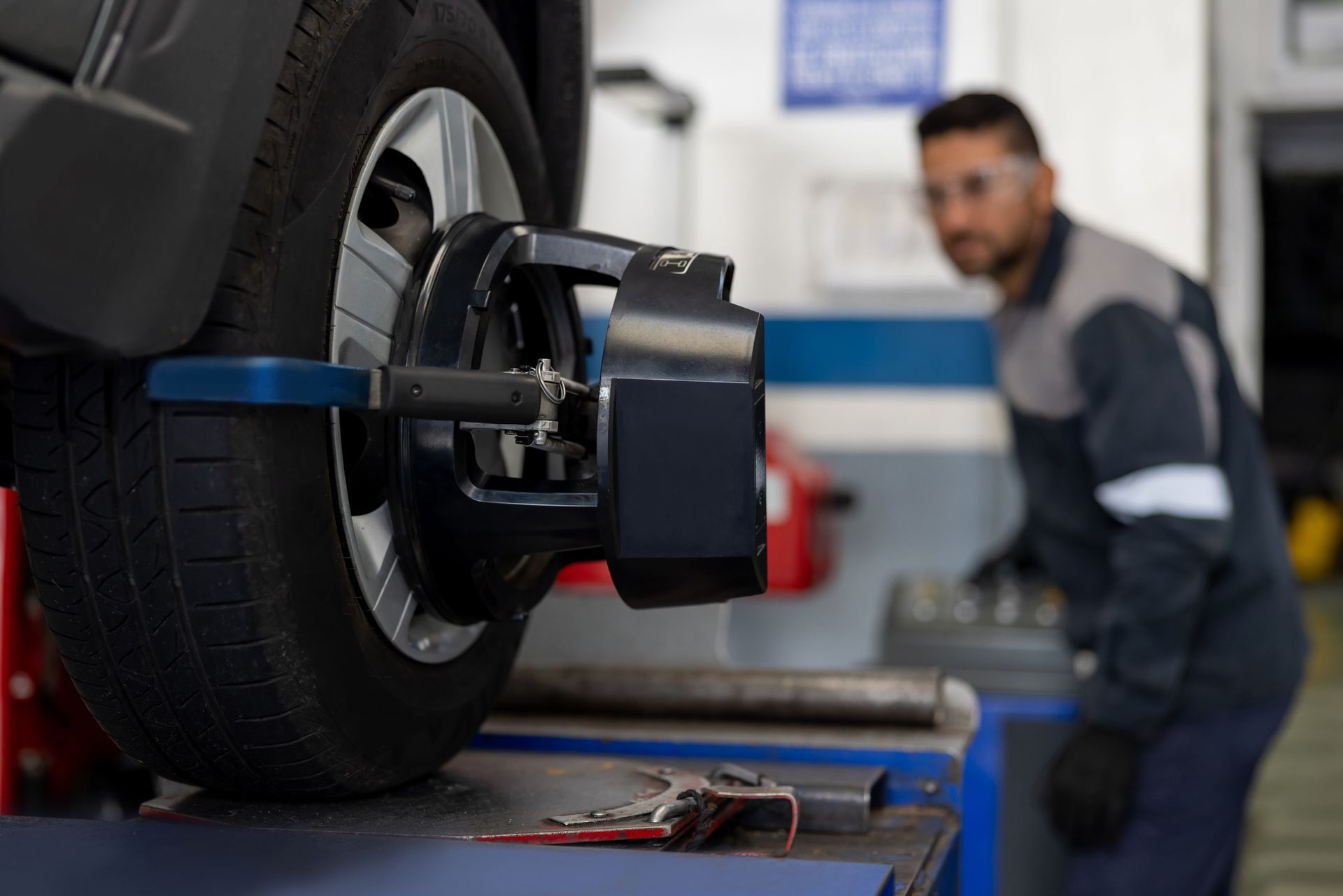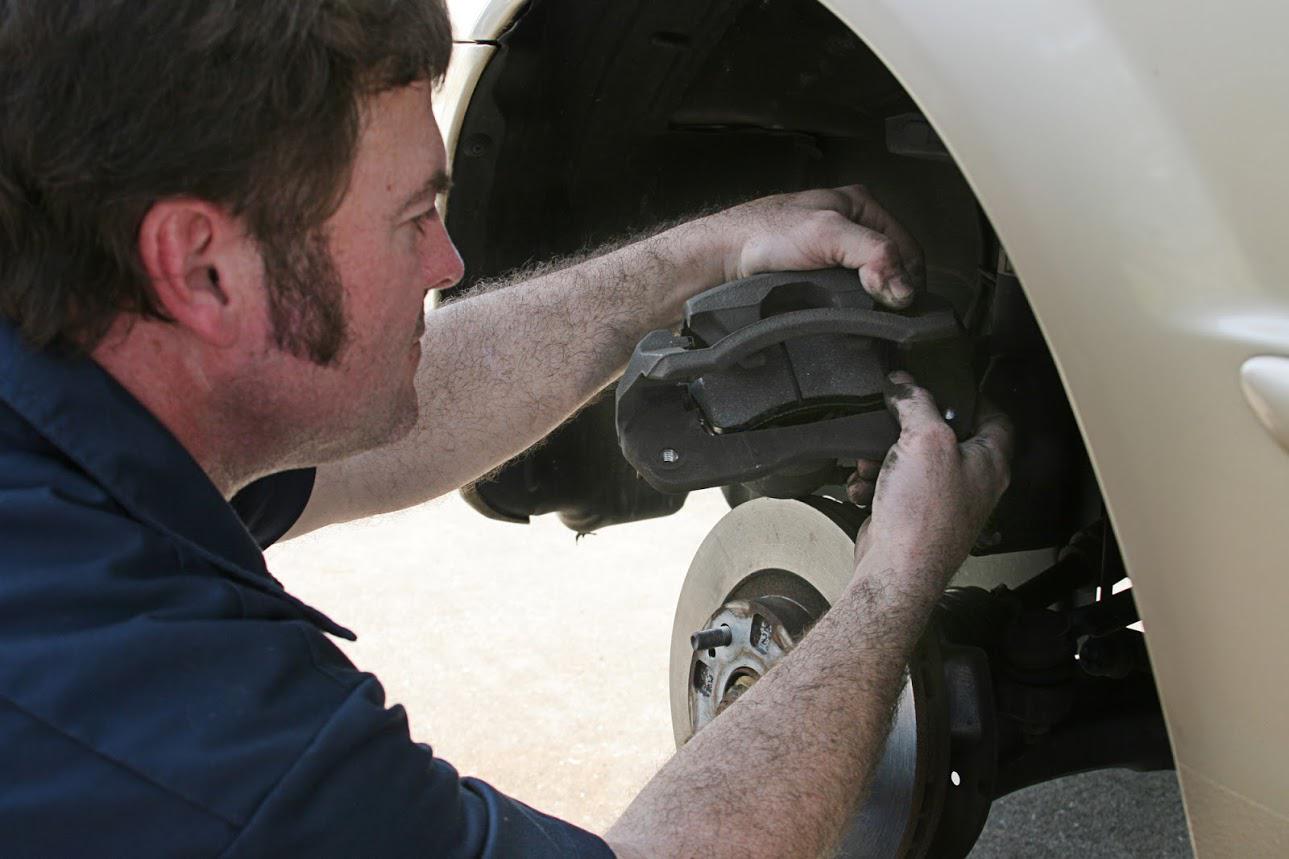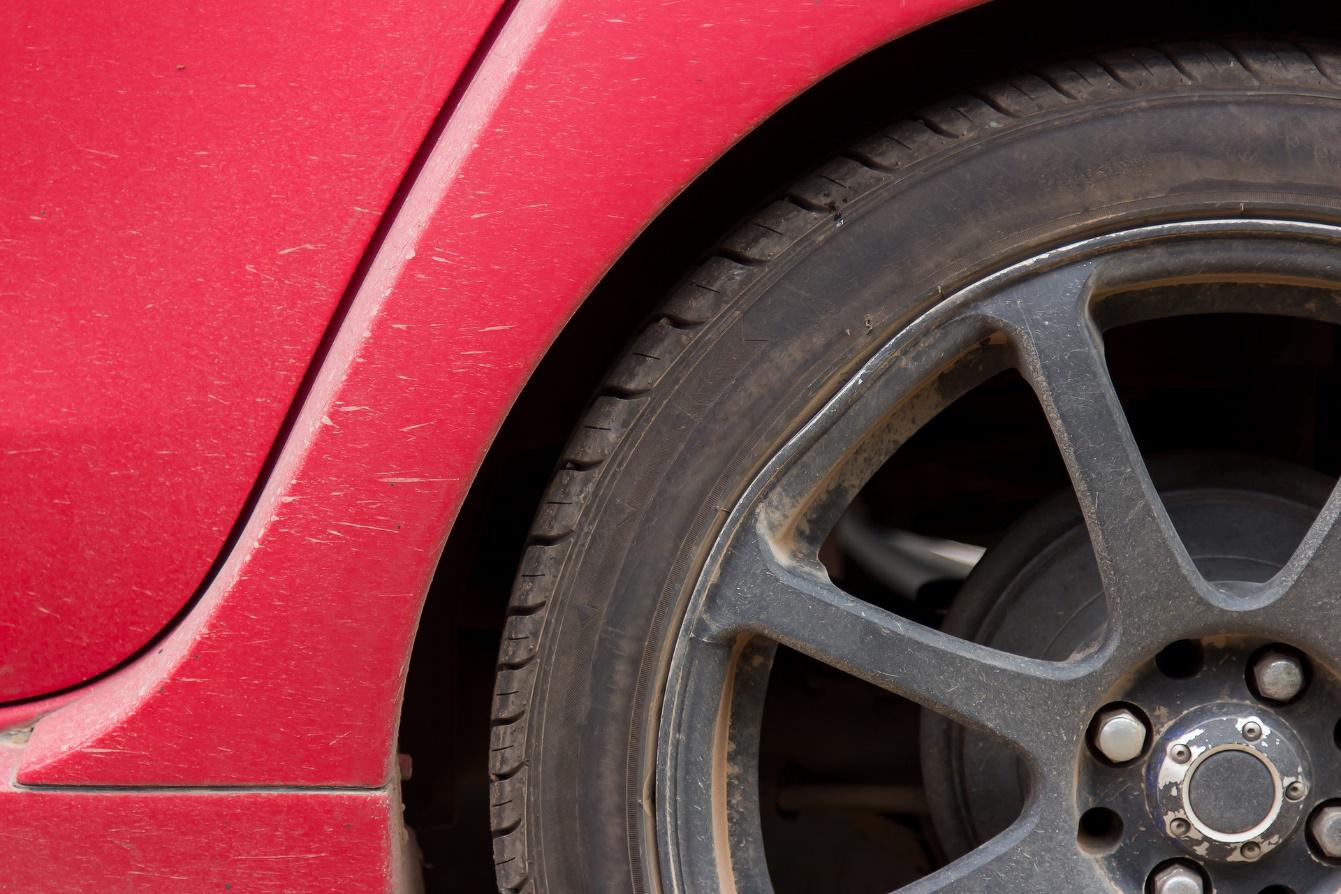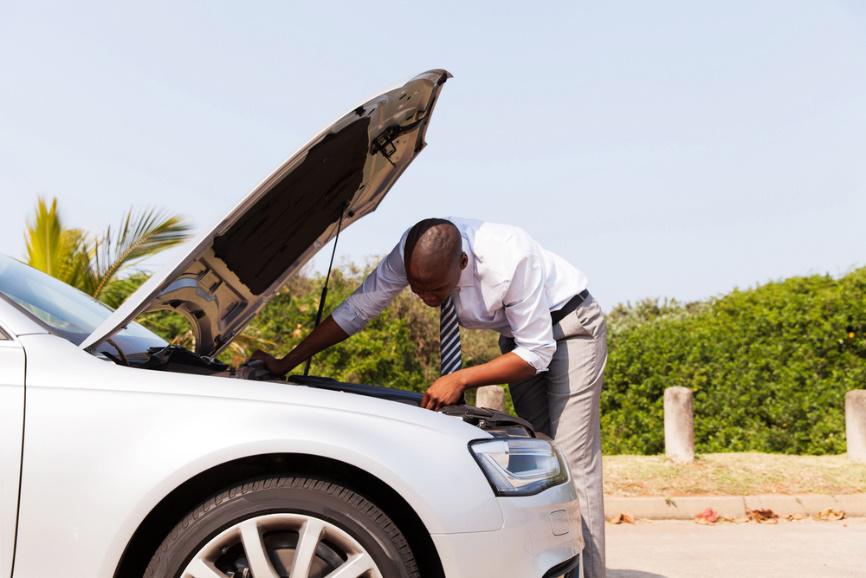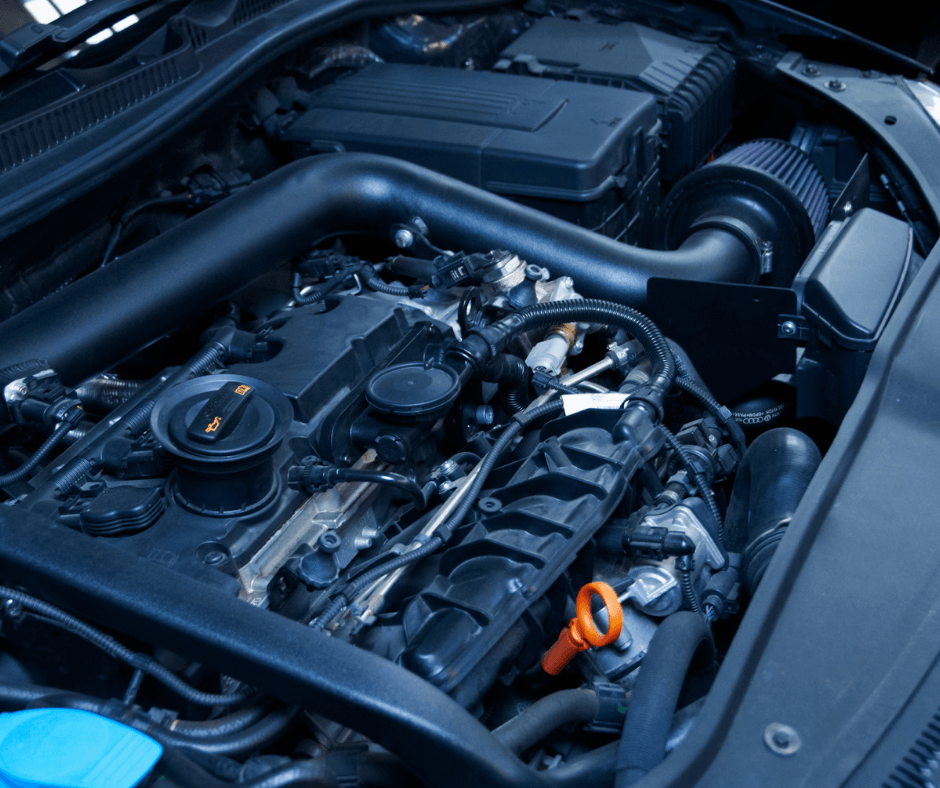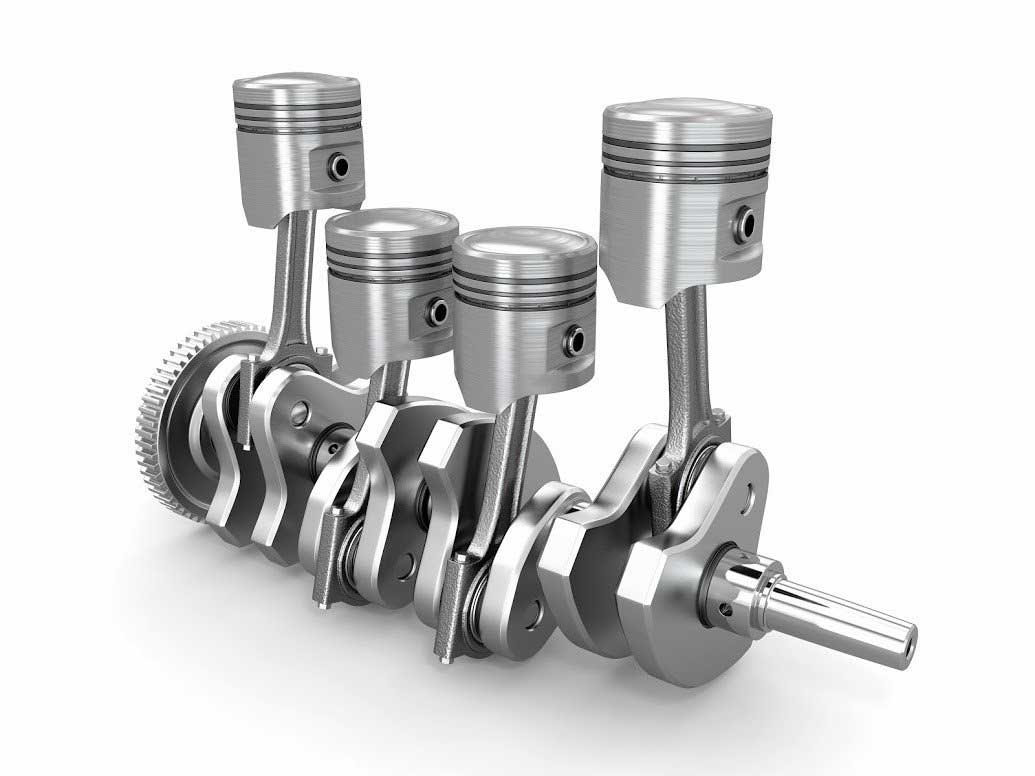Constant Velocity Joints: What They Do and How They Can Fail
- By ADMIN
- •
- 20 Mar, 2018
- •
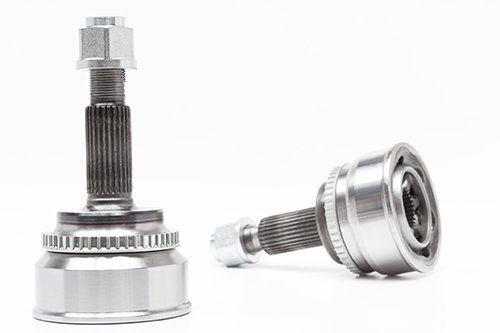
Your car relies on flexible axle joints to allow the car to move smoothly and accelerate around turns. These joints, commonly known as constant-velocity (CV) joints, are especially prevalent in newer, front-wheel drive cars. They put up with a lot of bumps and other abuse which eventually lead to wear. Unless you or your mechanic pay close attention to them, you may not notice that anything is wrong until your car exhibits signs or makes certain noises while in motion. Here is more information about what CV joints do and the signs that you may be beginning to have problems with them.
Where are CV Joints Located on the Car?
CV joints are located on your drive axles and directly connect the transmission to your wheels. There are two types of joints: Ball joints which are usually located on the outer joint near the wheels, and tripod joints usually located on the inner joint. Most cars have four joints, and each one of them is covered by flexible plastic boots.
How do CV Joints Work?
CV joints allow power to be transferred smoothly to the wheels. They also allow your vehicle to turn while accelerating and allow for normal suspension movement. They help you to keep control of your vehicle and make using your brakes and steering while in motion easier.
What Causes CV Joints to Wear?
CV joints and boots are actually very durable and can even last hundreds of thousands of miles. However, because the boots are flexible and made of plastic and rubber, they are prone to weakening and wear. CV Boots can develop small tears that are difficult to notice, and these tears let grease escape and dirt to invade the joint. Once that happens, the joint can wear down much faster.
What Symptoms Do Failing CV Joints Exhibit?
Most people notice a clicking sound while turning as the first symptoms of a CV joint problem. You will notice this noise when you accelerate around corners. As the joint wears, you may also notice vibration and wear and feel extra resistance when turning. Clunking noises while accelerating are also not uncommon. You may also see grease on the outside of the axle or around the brakes.
What Happens if the CV Joints Aren't Repaired
Eventually, if you don't have these problems checked out, your joints will fail completely and may even completely break or fall off. If that happens, you will be completely stranded. Without them, you can't accelerate, and braking and steering will also be affected. You may not even be able to control the car. You could be at serious risk for an accident, so it's important to have the joint replaced as soon as possible.
How are CV Joints Diagnosed and Repaired?
Worn or damaged CV joints can easily be identified early with a visual inspection and a drive test. One of the first things that will need checking is the boot integrity. Boots tend to tear around the clamps, and these tears are often accompanied with a splattering of grease around the area. If your car is not showing obvious symptoms, you can still drive until the axle wears down completely, but it's not recommended. While it is possible to repair and repack the boots, it is not a good idea unless you know for sure that you caught the problem early. Generally, once the boots are torn, the axle is already contaminated and will continue to wear down quickly.
CV joints are an integral part of your vehicle. Without them, you wouldn't be able to drive at all. Therefore, it's important that you have them properly inspected and repaired as soon as you think there's a problem. Dualtone Muffler Brake & Alignment, conveniently located in the Mission Bay area, can check out your entire steering and suspension system and repair the worn parts.

